SOURCE: RAUNAK KUNDE / NEWS BEAT / IDRW.ORG

India’s Defence Research and Development Organisation (DRDO) recently showcased a new weapon system at Exercise Bharat Shakti: a 250kg High-Speed Low Drag (HSLD) bomb equipped with a Range Extension Kit (REK).
The REK extends the operational range of the HSLD bomb, allowing Indian Air Force (IAF) pilots to engage targets from a safer distance. The REK integrates with the HSLD bomb’s existing guidance systems, including GPS and Inertial Navigation System (INS), for precise targeting.
Continue readingSOURCE: AFI
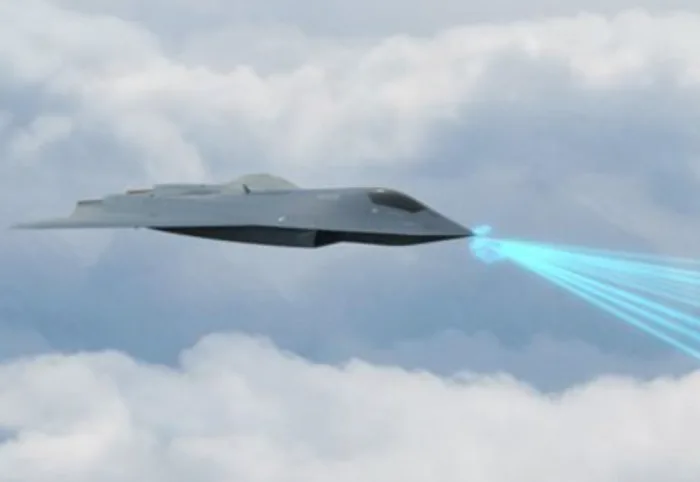
India’s Advanced Medium Combat Aircraft (AMCA) program CCS Clearance is a vital step towards achieving a domestically produced 5th generation fighter jet. But even as this project gains momentum, strategic foresight compels India to consider the next frontier 6th generation fighter development. AMCA program that was officially started in 2008 got funding in 2024, it was 16 years wait, a wait India cant afford if it plans to develop its own 6th gen fighters in future, Here’s why, India needs to get going even while AMCA is under development.
While global aerospace industry is in a constant state of evolution. Many countries have already declared their plans to develop and operate 6th gen fighters and in-around mid 2030’s we should see many entering production on commencing testing. India cant afford to stay behind the curve again in 6th generation too. While the AMCA promises significant advancements, other nations are already pouring resources into 6th generation concepts. Delaying Indian research in this area risks falling behind in critical technologies like:
Continue readingSOURCE: AFI

India’s quest for an indigenous 5th generation fighter jet takes a major stride forward. Krishna Rajendra, Project Director for the Advanced Medium Combat Aircraft (AMCA) at the Aeronautical Development Agency (ADA), has announced plans to develop five prototypes with an ambitious target for the first flight by the end of 2028.
Central to the development phase is the creation of five prototypes. These initial AMCA models will undergo rigorous testing to refine the aircraft’s design and functionalities. This testing will encompass critical systems like avionics, sensors, and overall combat performance, ensuring the AMCA is a true force multiplier when it enters service.
Continue readingSOURCE: IDRW.ORG TEAM.

India’s quest for a homegrown 5th generation fighter jet, the Advanced Medium Combat Aircraft (AMCA), has taken significant strides in recent years. This journey, however, wasn’t without its challenges. The seeds of the AMCA program were sown in 2008 when the Aeronautical Development Agency (ADA) received initial approval for its development.
Recognizing the need for experience in crafting such an advanced aircraft, India opted for collaboration with Russia in 2007. The plan was to co-develop a stealth fighter based on the Su-57. This joint venture, christened the Fifth Generation Fighter Aircraft (FGFA) program, faced roadblocks. The Indian Air Force (IAF) expressed concerns about the engine capabilities and overall stealth design offered by the Su-57 platform.
Continue readingSOURCE: IDRW.ORG TEAM.

The Indian Space Research Organisation (ISRO) is taking a bold step towards the future of rocket propulsion, announcing a collaborative effort with Hindustan Aeronautics Limited (HAL) and the National Aerospace Laboratories (NAL) to develop hybrid and electric propulsion systems. This tripartite initiative signifies India’s commitment to innovation and self-reliance in the space sector.
This move comes on the heels of ISRO’s successful 2022 test of a 30 kN hybrid rocket motor, demonstrating the organization’s potential in this exciting new technology. Hybrid rockets combine solid fuel with a liquid oxidizer, offering several advantages over traditional propulsion systems.
Continue readingSOURCE: AFI
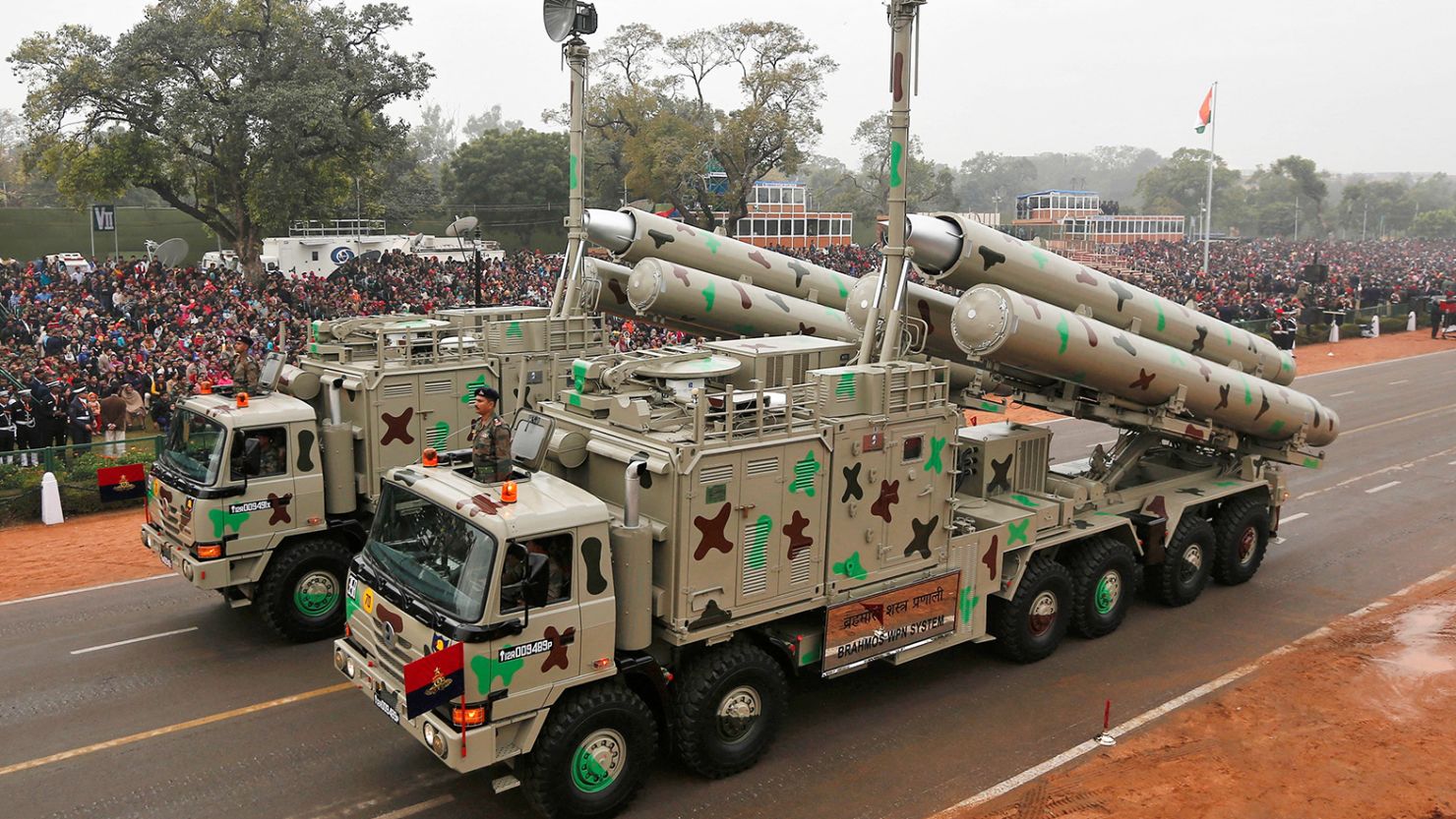
Russia has refuted Western media reports suggesting India is abandoning its reliance on Russian weaponry. In a recent interview, the Russian Ambassador to India, Denis Alipov, highlighted India’s continued production of Russian-designed T-90 tanks and Su-30MKI fighter jets under license agreements.
Ambassador Alipov emphasized that India has already produced nearly 1,000 T-90 tanks and 300 Su-30MKI aircraft, signifying a strong and ongoing military partnership between the two nations. He contrasted Russia’s approach with Western countries, claiming Russia offers full transfer of advanced military technology to India, unlike potential limitations imposed by other arms suppliers.
Continue readingSOURCE: AFI
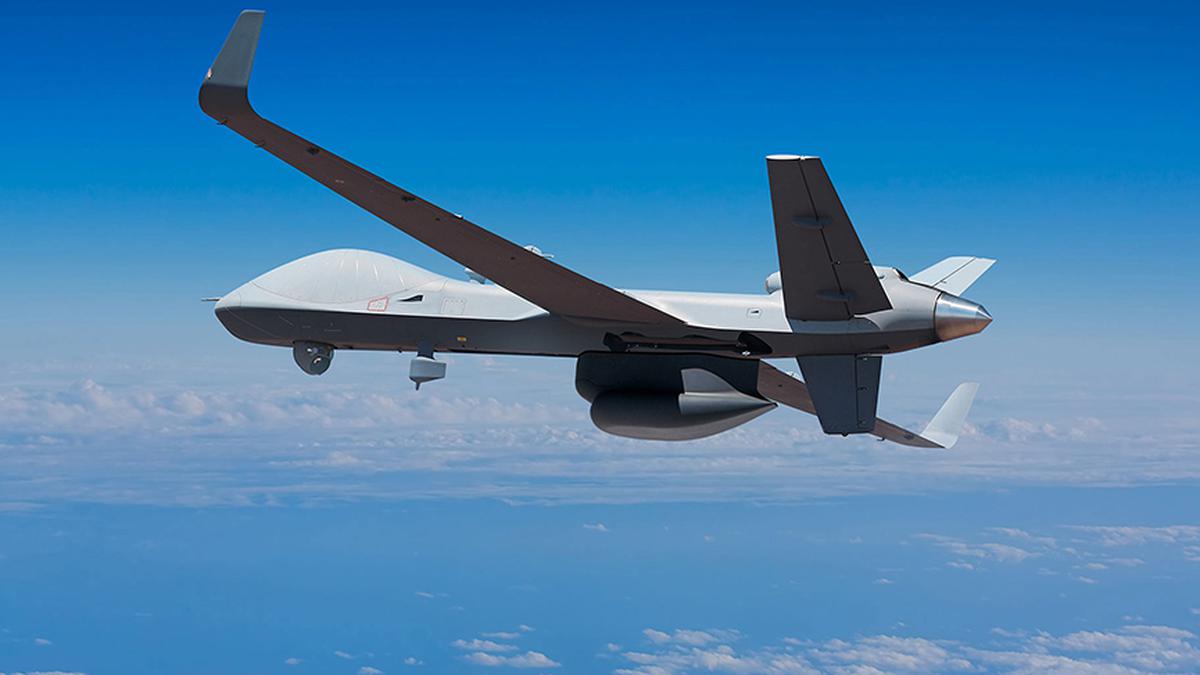
The Indian government has received the final Letter of Offer (LOA) from the US for the purchase of 31 armed MQ-9B drones. This follows the State Department’s initial notification on February 1st and a 30-day window for potential objections from US lawmakers.
The final LOA includes the negotiated price between the US and the manufacturer for the drones. The Indian Navy, the lead agency in this acquisition, will now review the details. If the price is deemed satisfactory, the proposal will be forwarded to the Cabinet Committee on Security (CCS) for final approval.
Continue readingSOURCE: AFI

The US intelligence community believes China intends to establish additional military bases and access agreements globally, including locations near India. According to a March 11th report titled “The Annual Threat Assessment of the US Intelligence Community,” China’s People’s Liberation Army (PLA) aims to “project power and protect China’s interests abroad” through this expansion.
Pakistan, Sri Lanka, and Myanmar are identified as possible targets. The United Arab Emirates (UAE) and Seychelles are mentioned as potential locations. Cuba, Equatorial Guinea, Tajikistan, and Tanzania are also listed as potential areas of interest for China.
Continue readingSOURCE: AFI

A recent live-fire exercise conducted by China near the contested border with India has heightened existing tensions between the two nations. Chinese state media reported that a female missile platoon successfully launched a missile against a “subsonic target aircraft” at high altitude on the Karakoram Plateau.
India has reportedly bolstered its military presence along the LAC in recent months. News outlets like Bloomberg have cited the deployment of an additional 10,000 Indian soldiers to the disputed border.
Continue readingSOURCE: ANI

In a major capability boost, the Indian Army on Friday raised its first Apache attack helicopter squadron in the desert sector in Jodhpur near the Pakistan front. The squadron was raised today in Jodhpur in the presence of Director General Indian Army Aviation Lt Gen Ajay Suri and officials from the original manufacturer Boeing along with other senior officials, Indian Army Officials told ANI.
The Indian Army Apache helicopters would camouflage desert colours and the first batch of choppers would arrive and join the fleet by May this year, they said.
Continue readingSOURCE: RAUNAK KUNDE / NEWS BEAT / IDRW.ORG
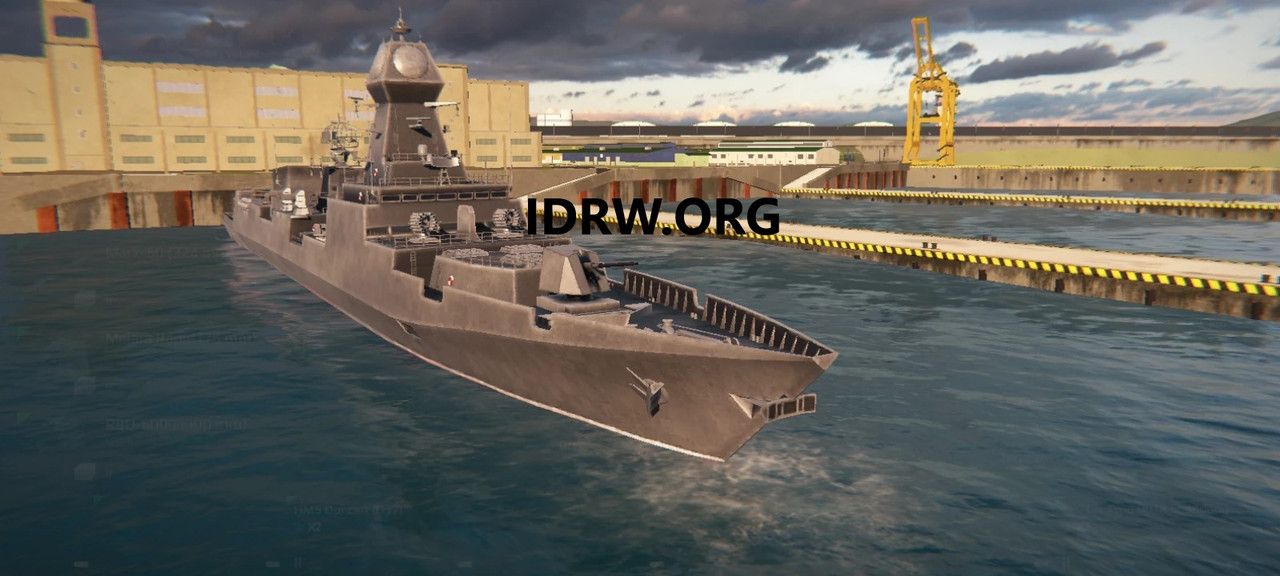
At the NDTV Defence Summit 2024, Arun Ramchandani, Executive Vice-President of L&T Defence, delivered a compelling address shedding light on the critical need for India to modernize its shipbuilding capabilities to keep pace with global counterparts, particularly China. Ramchandani’s insights underscored the urgency for India to adopt cutting-edge technologies and streamline processes to enhance the speed and efficiency of its shipbuilding endeavours.
Ramchandani’s assessment of India’s shipbuilding capacity painted a stark picture, highlighting the significant gap between India and China in this critical sector. He emphasized that to bridge this disparity, India must embrace modern technologies and foster a conducive ecosystem that facilitates rapid scale-up and deployment of naval platforms.
Continue readingSOURCE: RAUNAK KUNDE / NEWS BEAT / IDRW.ORG
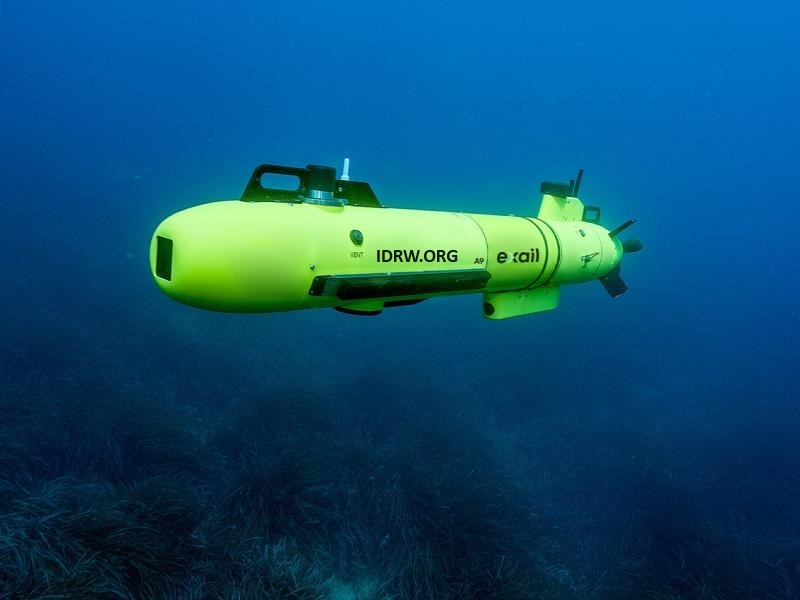
The Ministry of Defence (MoD) has announced a new initiative through iDEX ADITI Edition 1.0, specifically targeting Indian startups. This challenge seeks the development of a next-generation underwater vehicle – a prototype AUV based on the Indian Navy’s “Jalkapi” design.
The Jalkapi AUV is envisioned as a self-sustaining underwater vehicle capable of extended missions at sea. This initiative aims to leverage Indian expertise to develop a functional prototype that fulfils the following critical requirements:
Continue readingSOURCE: RAUNAK KUNDE / NEWS BEAT / IDRW.ORG

The Defense Research and Development Organization (DRDO) of India has taken a significant step forward in missile technology by issuing an Expression of Interest (EOI) to develop a Laser Beam Rider Guidance System with an Eye-safe Laser Range Finder (LBRG System with ELRF). This pioneering system aims to provide precise line-of-sight laser guidance to missiles, enhancing their accuracy and effectiveness in various operational scenarios.
The Laser Beam Rider Guidance System offers a sophisticated approach to missile guidance, utilizing a spatially encoded laser beam to convey critical information necessary for the missile to determine its position relative to the beam and navigate towards the intended target. This innovative technology holds particular relevance for short-range air defence and anti-tank systems, where precision and agility are paramount.
Continue readingSOURCE: AFI

The Security Committee of the Council of Ministers of India has greenlit an ambitious venture – the Advanced Medium Combat Aircraft (AMCA) project. With a staggering investment of 1.8 billion dollars earmarked for its development, India is set to embark on a journey to bolster its military capabilities in the aerospace domain. This move signifies a significant departure from India’s historical reliance on Russian military technology and marks a decisive step towards self-sufficiency in defense.
Traditionally, India has maintained close ties with Russia in the defense sector, relying on Soviet-era military equipment and technology. However, recent developments indicate a shift in this paradigm. Despite Russia’s unveiling of the Su-75 Checkmate, a fifth-generation fighter aircraft aimed at markets like India, the response from New Delhi was tepid at best. This lukewarm reception underscores India’s waning reliance on Russian military hardware, signaling a desire to diversify its sources and develop indigenous capabilities.
Continue readingSOURCE: AFI

Bharat Electronics Limited (BEL) and Larsen & Toubro (L&T) have joined forces in a significant partnership to supply cutting-edge Communication and Electronic Warfare (EW) sensors and systems to the Indian Navy. The contract, valued at Rs 847.70 crore, underscores the commitment of both companies to bolster India’s defense capabilities through indigenous manufacturing and technological innovation.
Under the terms of the contract, BEL will provide 14 state-of-the-art Communication and EW sensors and systems, all of which will be domestically manufactured. These advanced systems will be installed on three Cadet Training Ships, enhancing the Indian Navy’s communication and electronic warfare capabilities.
Continue reading